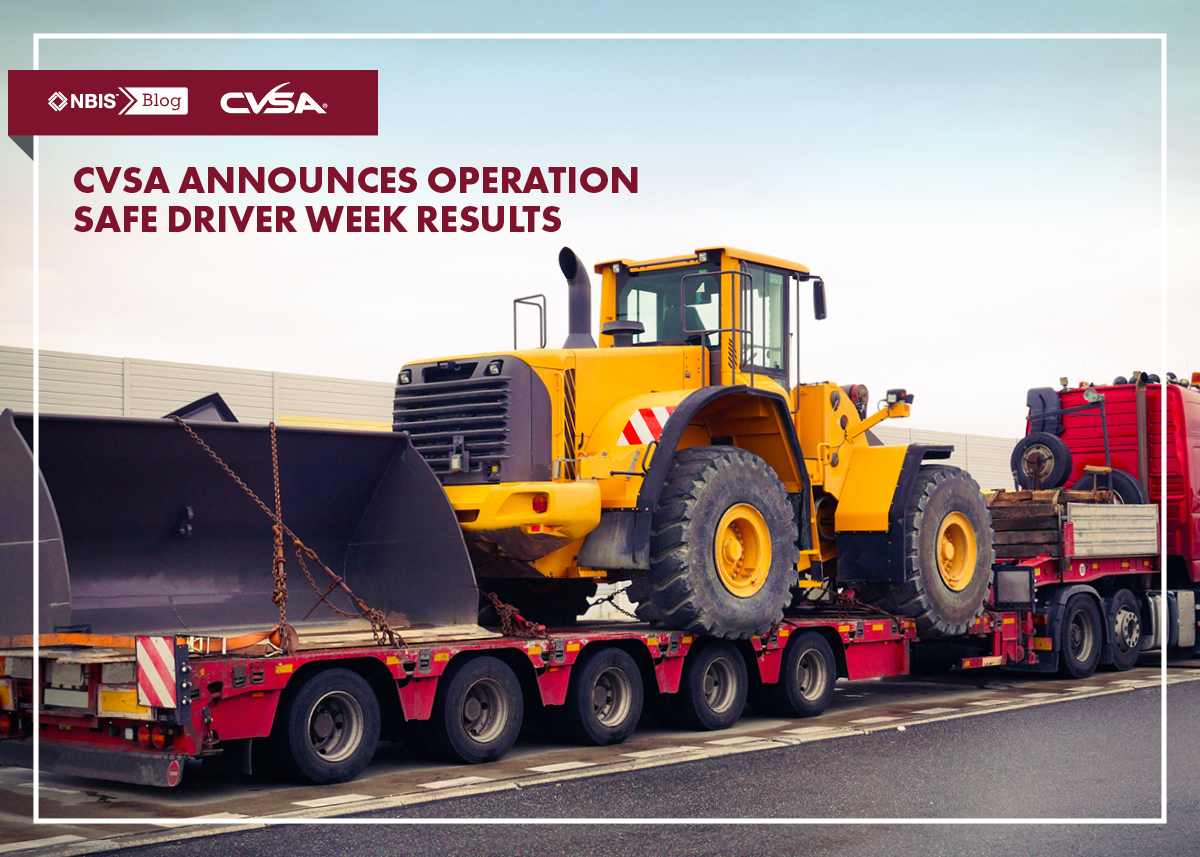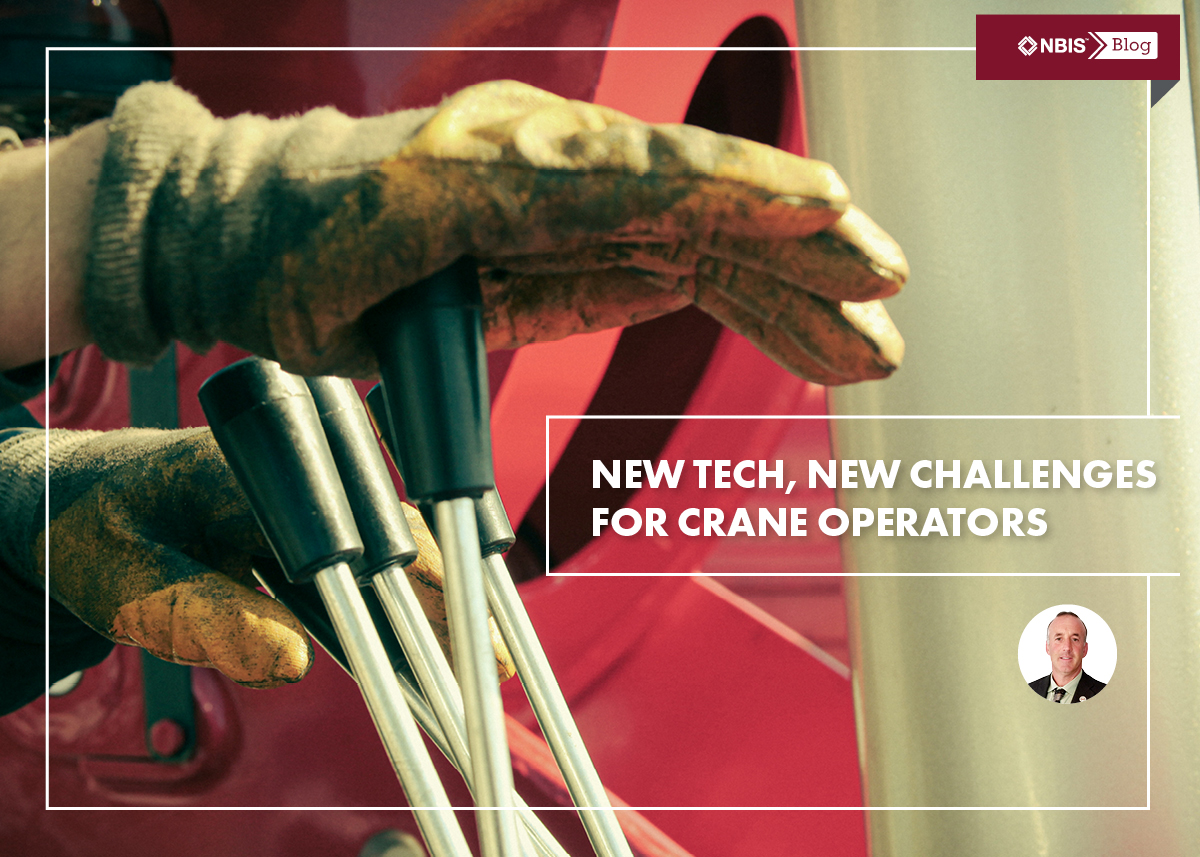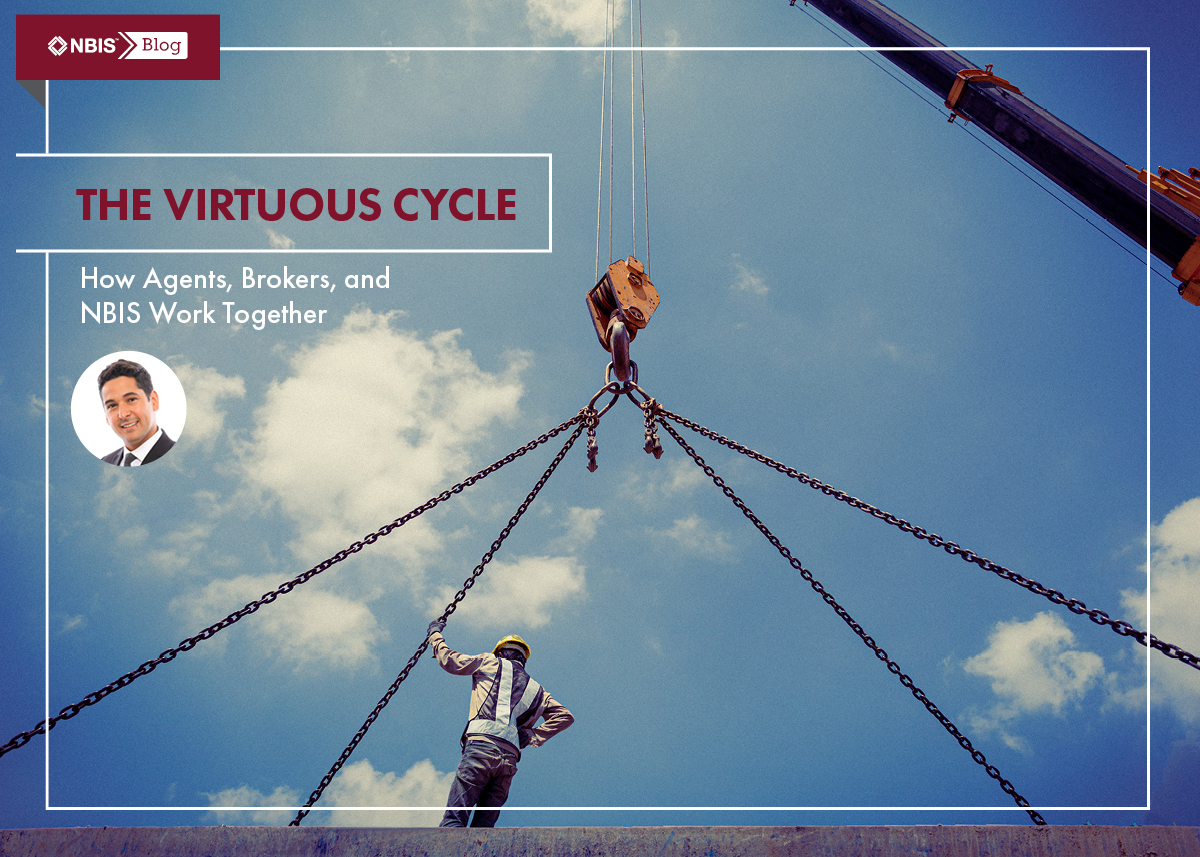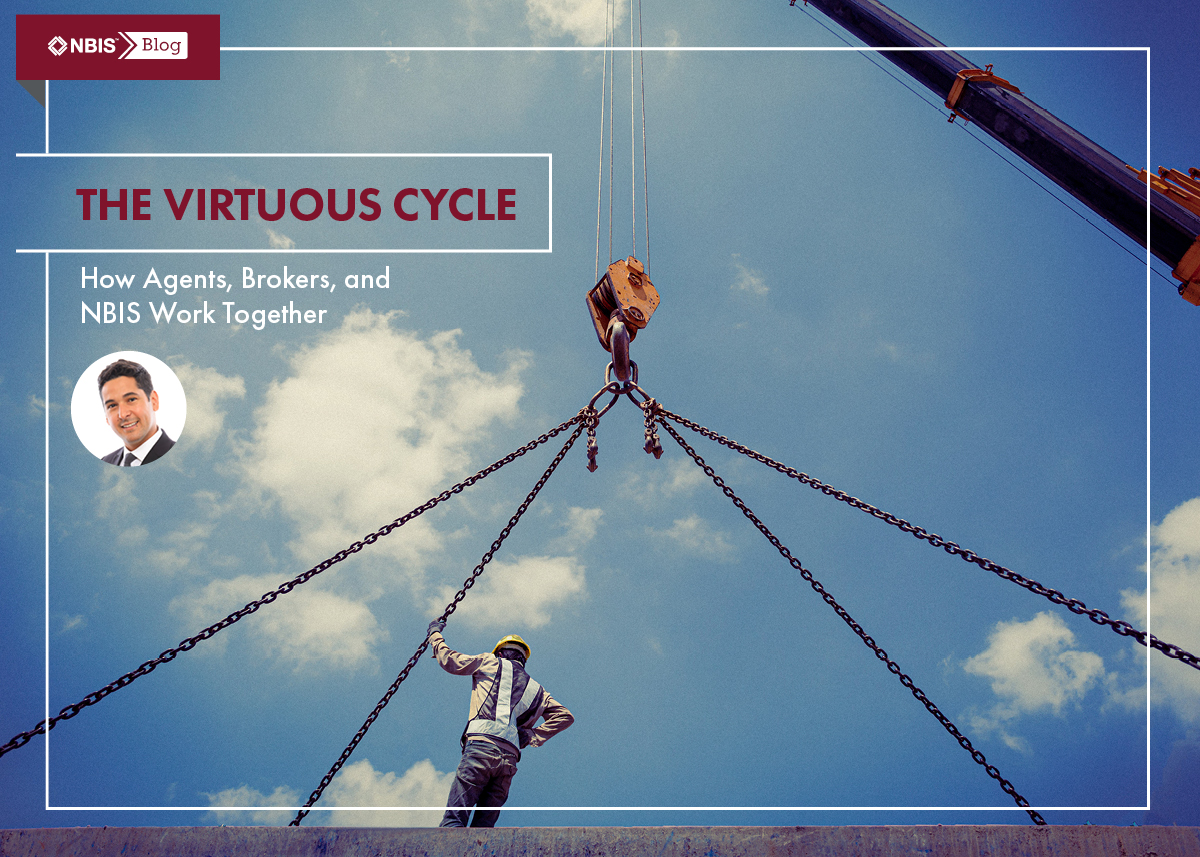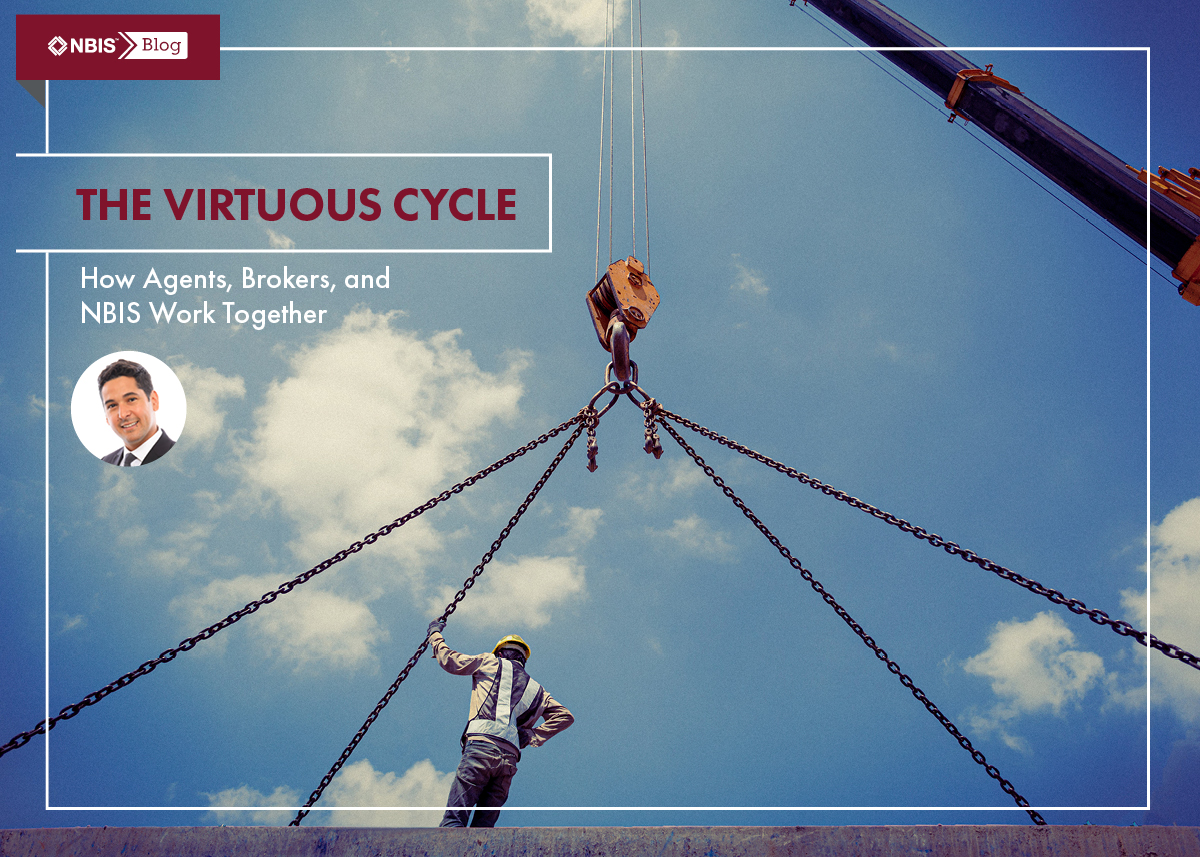The results are in for this year’s Operation Safe Driver Week, the annual Commercial Vehicle Safety Alliance (CVSA) initiative aimed at improving road safety through traffic enforcement and educational outreach. Law enforcement officers in Canada, Mexico, and the U.S. stopped 46,058 passenger and commercial vehicles during the week of July 11-17. The results of the initiative were released recently, and provide some very interesting insights.
Speeding was the focus of this year’s Operation Safe Driver Week, and was the number one source of citations and warnings. Officers issued 11,039 citations and 5,478 warnings for speeding violations alone. One encouraging statistic for fleet managers everywhere: the majority of those violations were from passenger vehicles. In fact, only 1,690 speed-related citations and 2,549 warnings were issued to commercial drivers. While those numbers are still high, it’s good news to see that commercial drivers were less likely to receive a speeding violation, at least among the instances in Safe Driver Week.
While speeding was the main contributor to traffic stops, it was not the only infraction cited. The top five reasons for commercial vehicle stops were speeding, failure to use a seat belt, failure to obey traffic control devices, texting/using a handheld phone, and improper lane change. Every one of these infractions are easily preventable, and that underscores the importance of including driver safety in your company’s safety culture.
At its heart, Operation Safe Driver Week is about education and prevention, not punishment. According to the National Highway Traffic Safety Administration, 94 percent of car crashes are caused by drivers. As CVSA President Capt. John Broers with South Dakota Highway Patrol put it, “Since we know that most crashes are caused by drivers, the best way to prevent crashes is to start with the cause – drivers.” He went on to add, “If seeing a patrol car causes a driver to slow down in a high-risk crash area of the roadway, then we’ll put patrol cars in that area. If being stopped by an officer causes that driver to be more conscientious, then our officers will pull over unsafe drivers. We will continue to do our part to make our roadways as safe as possible.”
Make sure you are doing your part as well by making driver training and safety a top priority in your company’s safety culture.

